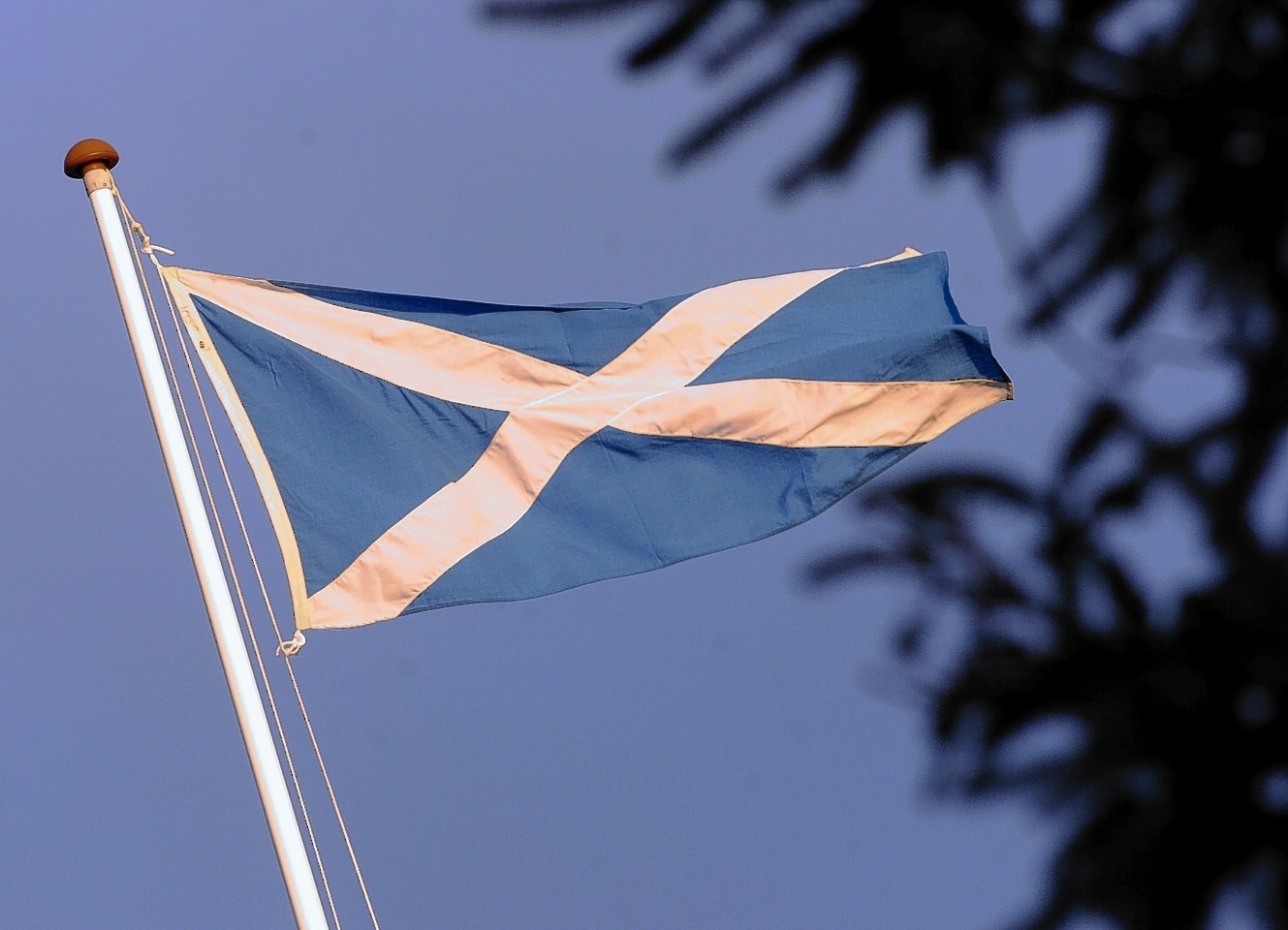As the Scottish Government looks to further promote our native Gaelic language in the country’s schools, the debate about whether the north-east’s own “mither tongue” should take precedence in the region continues.
Aberdeenshire councillors have recently locked horns around the issue after Bord na Gaidhlig demanded the council foot a £305,488 bill on a Gaelic language plan for the area.
The body was calling on the council to appoint a Gaelic language officer and also to install new bilingual road signs at an estimated cost of £204,766.
Councillors agreed instead to a compromise deal to promote the language worth around £15,000.
However the debate rumbles on with many locals – including Aberdeenshire singer and Doric champion Robert Lovie – calling for more to be done to save the dwindling dialect across the north-east.
Gaelic was spoken in Aberdeenshire for centuries, with strongholds in Deeside holding onto the tongue until as late as the 1800s. The final speaker of the Deeside variation of the language was Braemar woman Jean Bain, who died in 1984.
Doric is a Scots dialect unique to Aberdeen city and shire and much of Moray; and born out of a number of language traditions.
It features words not used anywhere else in Scotland.
So what is your view? Do you think Aberdeenshire needs to prioritise Gaelic over Doric, or vice-versa? Or is public money better spent elsewhere?
